By Eric Vandenbroeck
and co-workers
The Leaked Documents
Classified war
documents on U.S. and NATO efforts to support Ukraine’s military ahead of a
planned spring counteroffensive were posted to social media this week. The leaked documents,
at least one labeled “Top Secret,” reportedly include maps of Ukraine and information on troop
and battalion strengths, anticipated weapons deliveries, and casualty numbers.
The material, dated March 1, does not include detailed battle plans but
provides a glimpse into the Ukrainian military’s status as of five weeks ago.
The documents, which appeared online as early as March 1 and 2, were later posted to Twitter and Telegram.
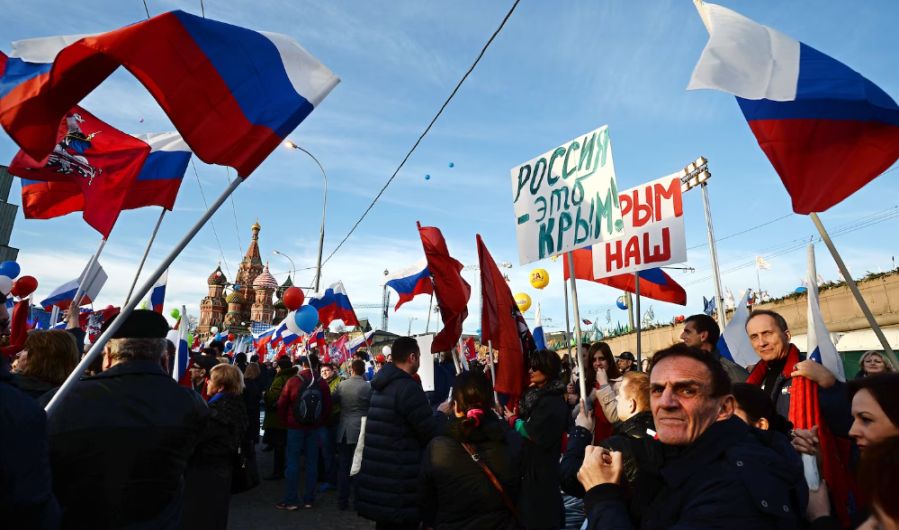
Another trove
of classified
information was
published on 4chan, an online anonymous message board. More than 100 pages were
posted, which included sensitive U.S. briefing slides on topics like China,
Indo-Pacific military issues, the Middle East, and terrorism, according to
the New York Times. One slide was labeled “Secret/No Forn,” meaning not to be shared with foreign governments. A
senior intelligence official who spoke to the Times called
this leak a “nightmare for the Five Eyes” intelligence alliance, composed of
the United States, Australia, Canada, New Zealand, and the United Kingdom.
As of now, it’s
unclear who published any of the classified information and why, though the
U.S. Defense Department has launched an investigation. Pentagon officials have acknowledged that they are legitimate Defense Department
documents; however, some of the content seems to have been altered to inflate Ukraine’s casualty numbers. U.S. defense
officials indicate this may be part of a push to further Moscow’s
disinformation efforts; pro-Russian online accounts have actively publicized
the documents since their release. “As many of these were pictures of
documents, it appears that it was a deliberate leak done by someone that wished
to damage the Ukraine, U.S., and NATO efforts,” Mick Mulroy,
a former senior Pentagon official, told the Times.
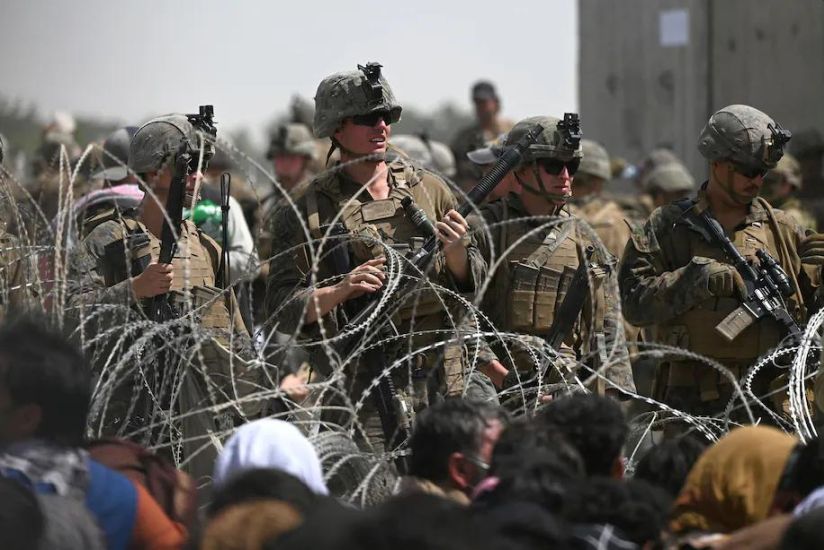
Although neither sets
of released papers seem to provide specific details, such as when and where the
anticipated Ukrainian military offensive will occur, they do provide important
intelligence about the timing of weapons and troop deliveries as well as the
progress of troop buildups—both things that could potentially provide Moscow
with a tactical advantage. Some military analysts predict the spring strike
will focus on Russian-occupied territory in southeastern Ukraine. Still,
according to Ukrainian national security chief Oleksiy Danilov, no more
than five people know when and where the spring strike will
occur.
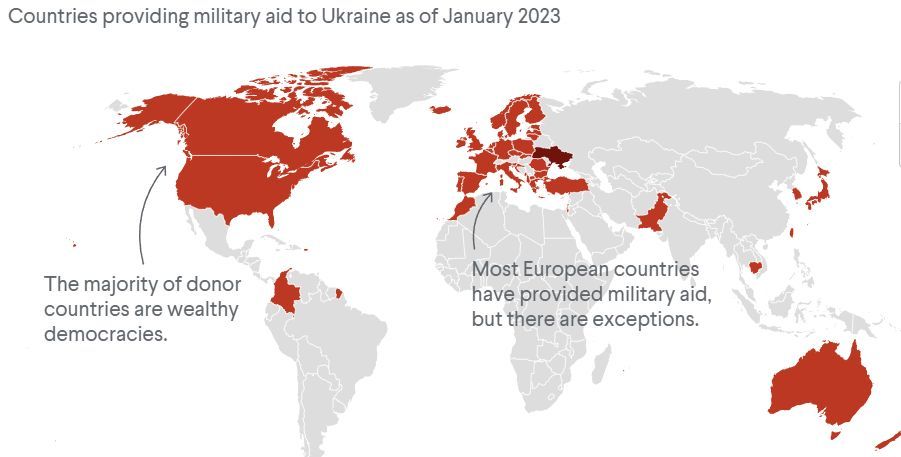
As for best
strategies, retired U.S. Navy Adm. James Stavridis thinks Ukraine’s military should “drive to the Black
Sea and split the Russians” on two flanks, coming up behind them. Speaking on
FP Live on Thursday, the former NATO supreme allied commander said such an
effort would “complicate their ability to manage logistics.” For more from Stavridis, including why he thinks Russian President
Vladimir Putin is unlikely to use nuclear weapons and why Washington should
support Kyiv.
However, the
documents offer many tantalizing clues and insights to the trained eye of a
Russian war planner, field general, or intelligence analyst. The documents
mention, for instance, the expenditure rate of HIMARS, American-supplied high
mobility artillery rocket systems, which can launch attacks against targets
like ammunition dumps, infrastructure, and concentrations of troops, from a
distance. The Pentagon still has to say publicly how fast Ukrainian troops are
using the HIMARS munitions; the documents do.
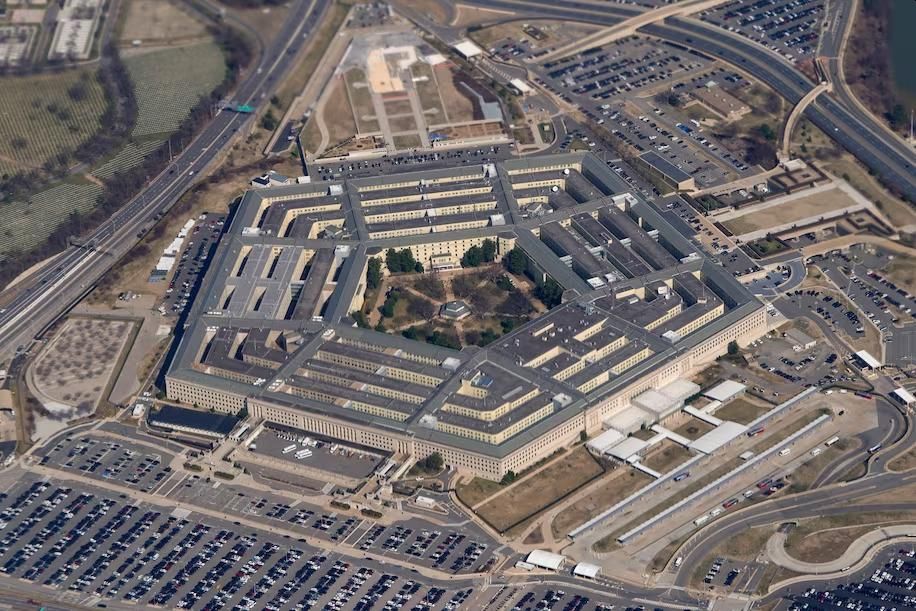
The U.S. Justice
Department confirmed it had opened an investigation into the leak after senior U.S.
officials realized its scope was much more expansive than initially thought.
They outline
information about the Ukrainian and Russian militaries and include highly
sensitive U.S. analyses of China and other nations. The materials also
reference highly classified sources and methods that the United States uses to
collect such information, alarming U.S. national security officials who have
seen them.
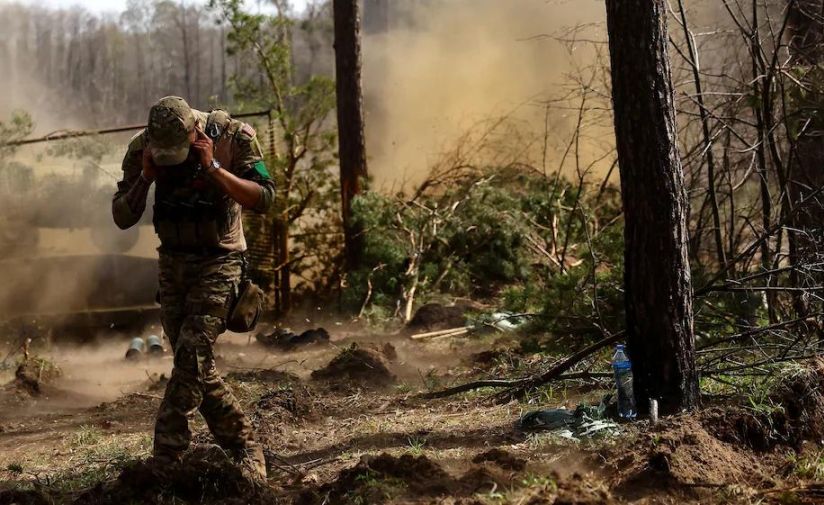
A Pentagon spokeswoman,
Sabrina Singh, said in a brief statement that the matter is under review.
Still, she declined to address when officials first became aware of the leak
and how damaging the Biden administration considers the disclosure. The
Pentagon has referred the matter to the Justice Department, she said.
One U.S. defense
official, who like others, spoke on the condition of anonymity to discuss the
Pentagon’s preliminary understanding of the leak, said that many of the
documents appear to have been prepared over the winter for Gen. Mark A. Milley, chairman of the Joint Chiefs of Staff, and other
senior military officials, but that they were available to many other U.S.
personnel and contract employees with the appropriate security clearances.
It was unclear who
may have posted the materials online, this person said, adding that hundreds —
if not thousands — of people had access to them. The source of the leak, the
official said, “could be anyone.”
According to a Post
review, the material that appeared online includes photographs of documents
labeled “Secret” or “Top Secret” and began appearing on Discord, a chat
platform popular with gamers.
On Wednesday, images
showing some documents began circulating on the anonymous online message board
4chan and made their way to at least two mainstream social media platforms,
Telegram and Twitter.
In some cases, it
appears that the slides were manipulated. For instance, one image features
combat casualty data suggesting the number of Russian soldiers killed in the
war is far below what the Pentagon publicly assessed. Another version of the
image showed higher Russian casualty figures.
Besides the
information on casualties that appeared to be manipulated to benefit the
Russian government, U.S. officials who spoke to The Post said many of the
leaked documents did not appear to be forged and looked consistent in format
with CIA World Intelligence Review reports distributed at high levels within
the White House, Pentagon, and the State Department.
The leak, first
reported Thursday by the New York Times, coincides with an expansive effort by
the United States and NATO to arm and train Ukrainian units for an anticipated
push this spring to reclaim Russian-occupied territory in the east and south.
There were immediate concerns that the information’s disclosure could
complicate that plan, as the documents appear to reveal how much Western
military weaponry and other equipment had arrived on the battlefield, how many
Ukrainian soldiers are trained to use it, and how Ukraine has arrayed its air
defenses to stop an onslaught of Russian missiles.
A Ukrainian service
member was at the front line in Lyman, Ukraine, on April 7.
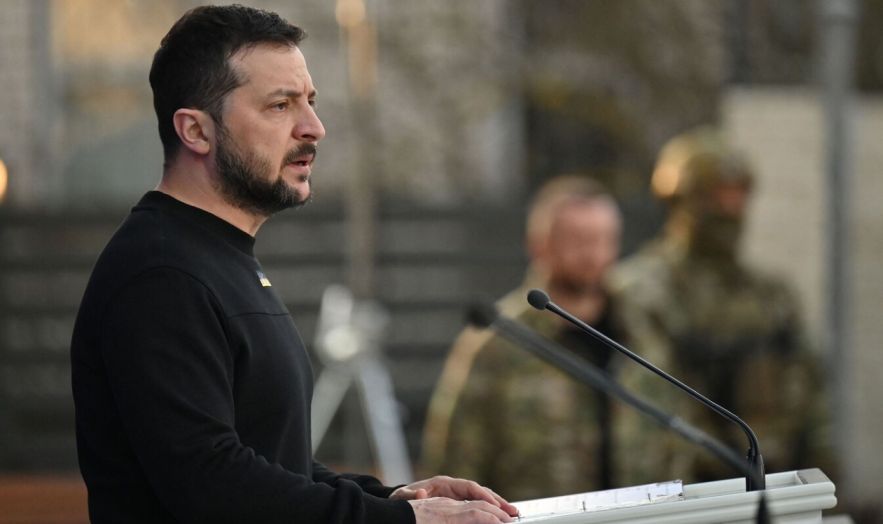
Another potentially
sensitive data point is the rate at which NATO-supplied howitzers are burning
through the 155mm shells they fire. The documents describe incoming shipment
flows and projections outlining how fast the Ukrainians would run out if
shipments were impeded. The Pentagon has refused to disclose such insights
publicly and only vaguely describes how much artillery ammunition it provides.
The documents also
include battlefield assessments, including for Bakhmut. Russian and Ukrainian
forces have been stalemated in this Ukrainian town for months, locked in a
ferocious, grinding artillery campaign that has left thousands dead.
While the documents
do not contain specific battle plans, the material is “incredibly helpful” to
the Kremlin, said Dmitri Alperovitch, chairman of
Silverado Policy Accelerator, a think tank. “It has an order of battle
information — detail about the units involved [in the forthcoming
counteroffensive], their manning, equipment, and training levels. … That
information can be extremely beneficial for putting up a defense.”
The documents appear
to have been drawn from multiple reports and agencies and concern matters other
than Ukraine. Two pages, for example, are purportedly a “CIA Operations Center
Intelligence Update” and include information about events concerning Russia,
Hungary, and Iran.
“We are aware of the
posts and are looking into the claims,” a CIA spokesperson said.
Rachel E. VanLandingham, a former Air Force attorney and expert on
military law, said that whoever is responsible for the leak “is in a world of
hurt.” Such breaches, she said, constitute “one of the most serious crimes that
exist regarding U.S. national security.”
The images of the
documents obtained by The Post all appear to have come from the same source.
Each page was printed before being photographed and folded in four in the same
manner.
Classified documents
may only be printed from computers in a secure facility, and each transaction
is electronically logged, said Glenn Gerstell, a
former general counsel with the National Security Agency who emphasized that he
was speaking only about general procedures.
“The fact that the
documents were printed out should significantly narrow the universe of the
initial inquiry,” Gerstell said. “But even assuming
they were properly printed out, that doesn’t mean the person who printed them
was responsible for the leak. Maybe they kept them securely, and some spy or
unauthorized person got to them and took a picture of them. Or maybe they were
negligently left somewhere.”
In the past, U.S.
government employees and contractors have faced considerable prison
time for mishandling classified information. In one high-profile case, Reality
Winner, an Air Force veteran and National Security Agency contractor pleaded
guilty in 2018 to a single felony count of unauthorized transmission of
national defense information and was sentenced to five years and three months.
She had shared a report about Russian interference in the 2016 U.S. election
with a news outlet.
Skepticism abounded
Friday among both Russian and Ukrainian officials aware of reports about the
leaks, with each side accusing the other of being involved in a deliberate act
of disinformation.
“Russia is looking
for any way to intercept the information initiative, to try to influence the
scenario plans of Ukraine’s counteroffensive,” Mykhailo Podolyak, a top adviser
to Ukrainian President Volodymyr Zelensky, said on his Telegram account Friday.
“But these are only standard elements of the operational game of Russian
intelligence — and nothing more. This has nothing to do with Ukraine’s real
plans.”
Grey Zone, a Telegram
channel popular with Russia’s Wagner mercenary group, said the documents might be “disinformation of
Western intelligence to mislead our command to identify the enemy’s strategy in
the upcoming counteroffensive.”
For updates click hompage here